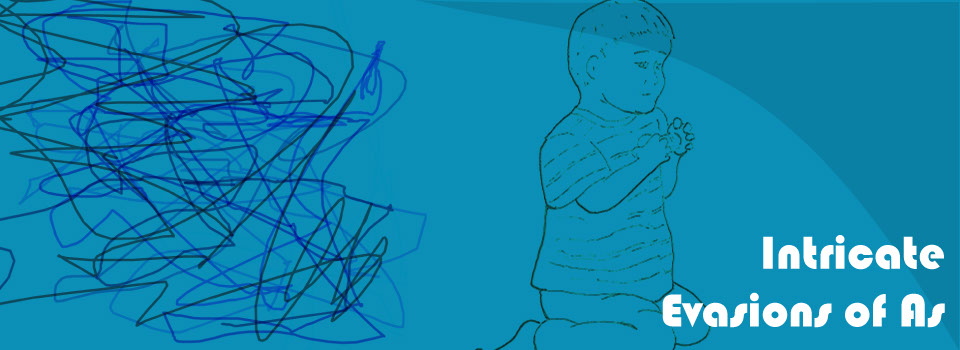
x
Contents
Home
Home
Home

Cool Media
Marshall McLuhan defined comics as a cool medium* for two reasons: they are low definition (cartoony) and highly participatory (amplification through simplification and the closure of the gutter). Elsewhere I examine the closure of the gutter and explain why I don’t feel it’s the key to comics’ uniqueness, at least not in the sequential relationship between panels. Instead, I stretch the gutter to describe the relationship between multiple elements, whether those be panels, images, text, emminata, or the page itself. Amplification through simplification is Scott McCloud’s version of McLuhan. Because of the reduced definition of comics, their cartoony character, comics require the reader to intuit more and to identify with characters more deeply. The cartooniness of comics has changed greatly in the last fifty years, with comics becoming more and more complex and more and more interested in their own composition. At the same time, many documents benefit from amplification through simplification, which might be another way of discussing the CBS (Clarity, Brevity, Sincerity) model of composition, alternately praised and lambasted by Richard Lanham (140-42). Comics, then, can be distinguished from other media by neither the gutter nor their cartooniness.
Comics maintain their participatory nature despite their variety of definitions. Their participatory nature, however, is not wedded to the gutter or to simplicity of form. Instead, their interplay depends on two diverse acts: looking through and looking at, which could be restated as reading and seeing.
One interpretation would be that such oscillation better imitates the world of our experience. This interpretation would be similar to Hubert Dreyfus’s dismissal of Cartesian models of artificial intelligence: they do not adequately take into account the world as Dasein encounters it. While Dreyfus saliently critiques a certain kind of information design, his critique cannot be mapped directly onto composition. To do so would be to assume that the goal of composition is mimesis. Instead, we might say that the basis of composition is putting together (com-posit) of disparate concepts and modes, that this kind of oscillation is built into composition from the etymological level up to the most theoretical.
Here I must resist a tendency toward a hegemonic espousal of comics. Other theorists have called various media “meta media.” Video, digital media, the Internet have all been cited as so-called container media that encompass (and by implication supersede) all previous (other) media. However, to embrace Lyotard's differend is to recognize,
there is no genre whose hegemony over the others would be just. The philosophical genre, which looks like a metalanguage, is not itself (a genre in quest of its rules) unless it knows that there is no metalanguage. It thereby remains popular, humorous,
comical. Nor should we consider rhetoric or composition metalanguages. They will always carry with them the danger of hegemony. And as Lyotard writes at the end of The Differend,
The only insurmountable obstacle that the hegemony of the economic genre comes up against is the heterogeneity of phrase regimens and of genres of discourse. This is because there is not “language” and “Being,” but occurrences. (181)
The only insurmountable obstacle that the hegemony of current-traditional, CBS style composition comes up against is the heterogeneity of multimodal composition.
But if all composition is multimodal, why advocate multimodal composition? It may seem like I’m not advocating anything at all. However, by invoking (non-)reflexivity I am casting a new vision of multimodal composition, one that is interested in its own composition and mediation. A (non-)reflexive multimodal composition highlights discourse's figurality while recognizing its own materialized construction: rhizcomics.
(Differend 158)
*For an extended examination of rhetoric and cool media (as well as coolness itself), see Jeff Rice's The Rhetoric of Cool: Composition Studies and New Media.

